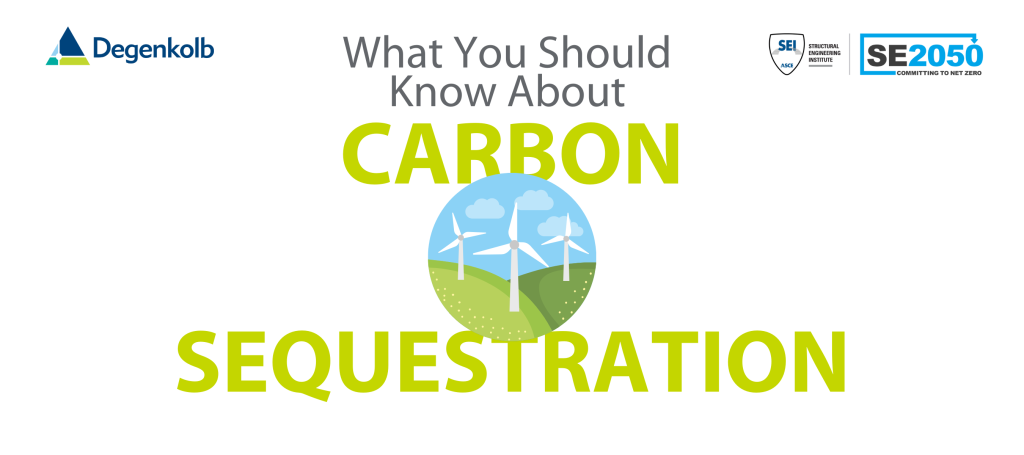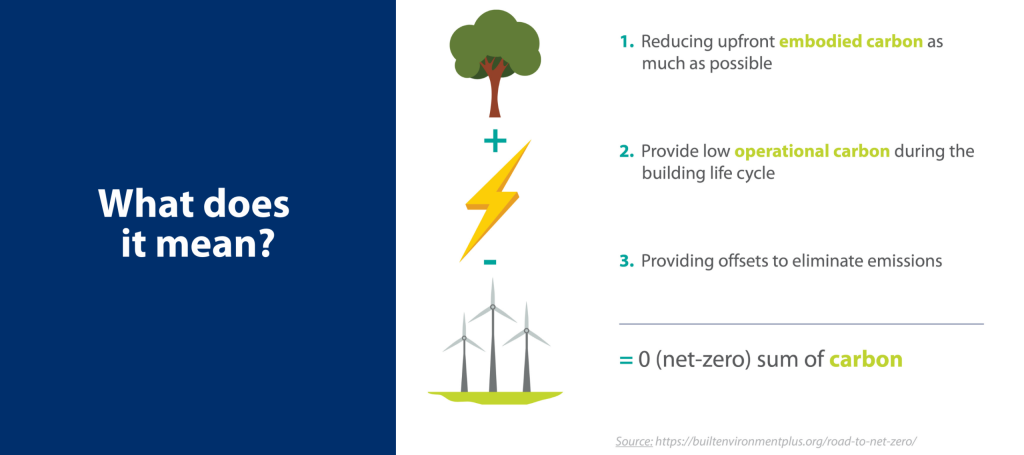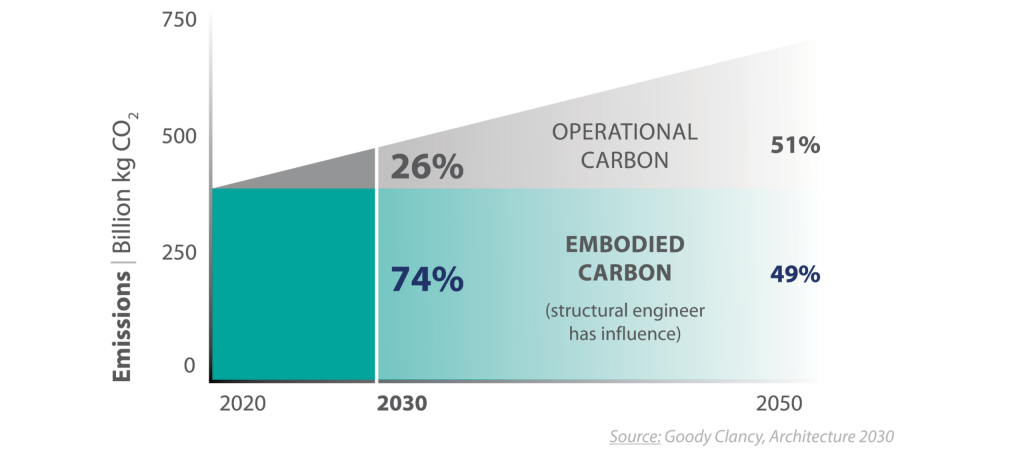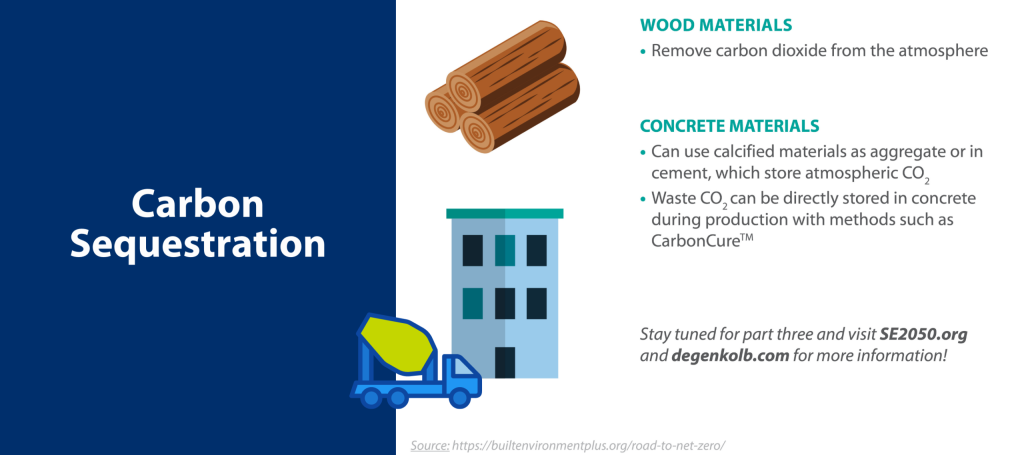What You Should Know About Carbon Sequestration
Check out other updates about Degenkolb and the SE 2050 Commitment Program:
- Degenkolb Makes the SE 2050 Commitment
- What You Should Know About Embodied Carbon
- For more information, visit SE2050.org!
As part of the SE 2050 Commitment Program, Degenkolb is excited to do our part in eliminating embodied carbon in structures by 2050. To help educate others on structural engineering’s place in the commitment, we have compiled an informational series on the A to Zs of SE 2050. Earlier we looked at embodied carbon and we now invite you to dive into all things carbon sequestration.

Net-zero embodied carbon is when the upfront embodied carbon is reduced to the greatest extent possible. The remaining embodied carbon is then offset so that the emissions over the life cycle of the building are effectively eliminated. Net-zero embodied carbon is also referred to as neutral embodied carbon. It can be achieved on a global scale when CO2 emissions are balanced globally by CO2 removals.

A structural engineer’s role will be greatest in reducing upfront embodied carbon, and providing end-of-life recycling or re-use strategies. It is a goal of SE2050 to eliminate embodied carbon in structural engineering projects by 2050.
The time value of carbon: Carbon released during the production of materials and construction of buildings/infrastructure is emitted earlier than carbon released during operation and therefore has a more immediate impact on climate. It is thereby crucial that structural engineers work to reduce the upfront embodied carbon of the structural system to the greatest extent possible.

Carbon sequestration is the process of capturing and storing atmospheric carbon dioxide. Some materials, such as wood, concrete (to some extent), and other renewable materials can be used to sequester and “store” carbon within the material.

To credit the carbon sequestration in a product, however, the end of life of that carbon must be considered in a life cycle assessment. This is because once the building reaches end of life, the sequestered carbon can be re-released into the atmosphere. Information regarding end of life of structural materials is important to correctly capturing assumed CO2 reductions.
Stay tuned for future additions to the series and, in the meantime, visit SE2050.org for more information.
